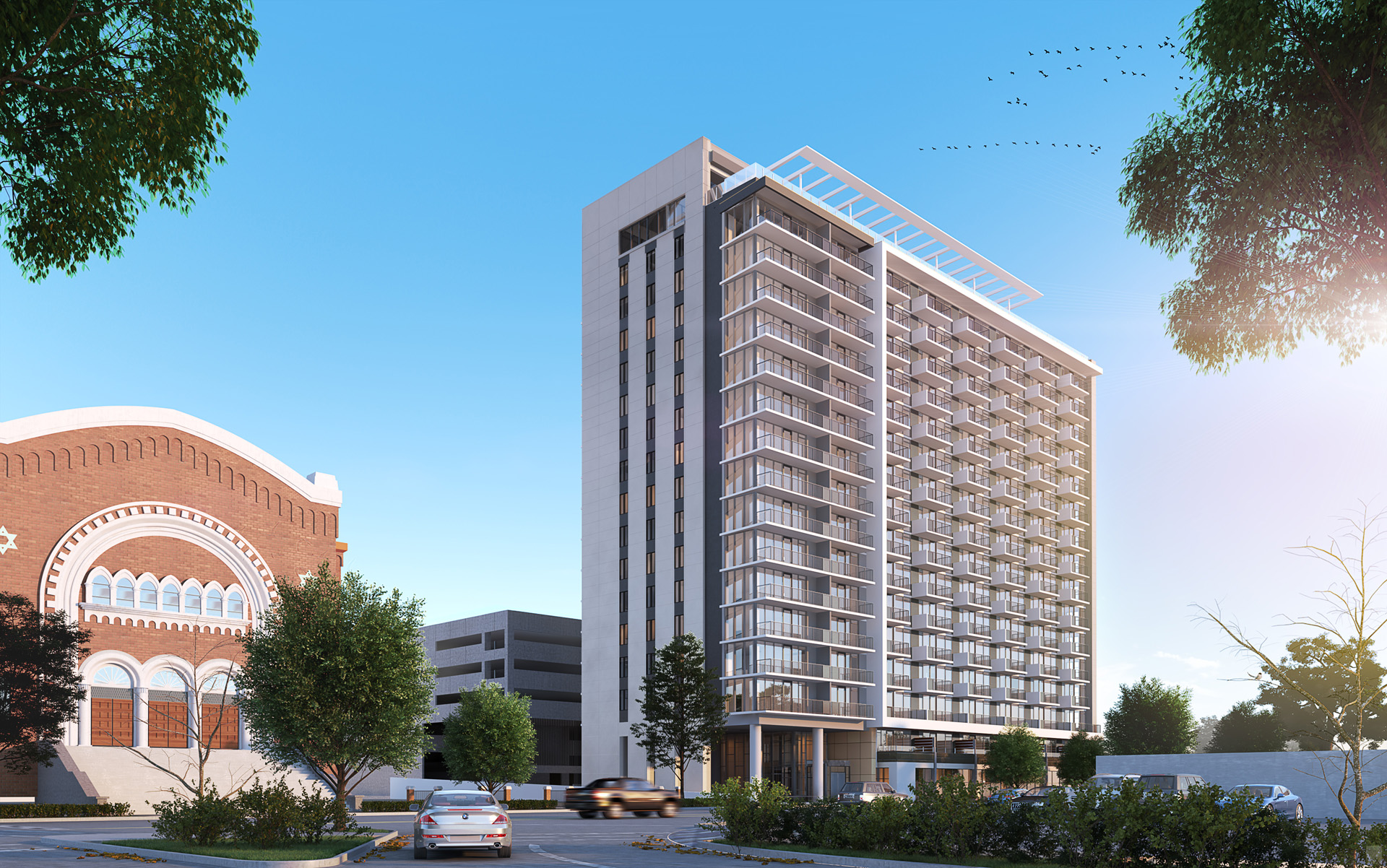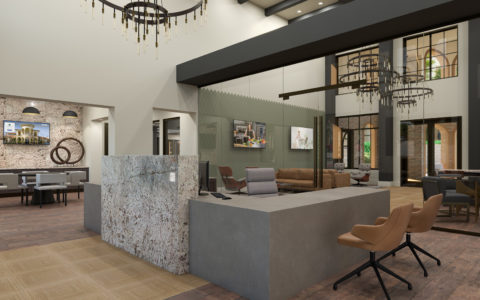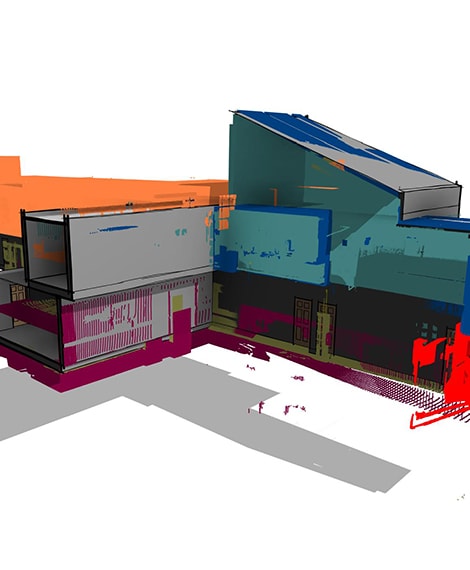BIM or Building Information Modeling is not new to the architecture, engineering, and construction (AEC) industry. It’s not solely for architects and it’s so much more than a design tool. BIM is a process that takes advantage of design technology to create better, faster, and more cost-effective outcomes. And it provides visibility and cost savings to building owners. In the past, fragmented teams, poor use of data, and a lack of communication between different disciplines created a substantial financial burden to owners.
With BIM, valuable information is collected at the very start of a project. That data is used throughout the project lifecycle to avoid mistakes, save time, and create cost savings for the owner.
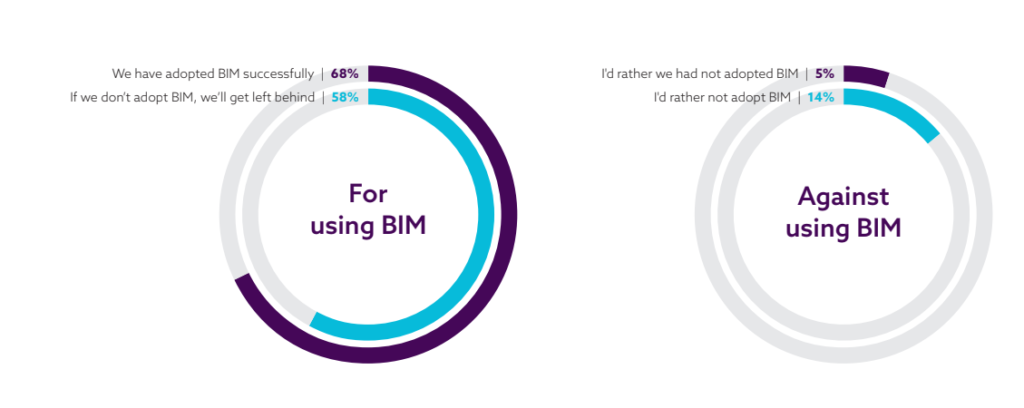
Source: NBS 10th annual BIM report 2020
What is Building Information Modeling
Each project has a life story. And long before any groundbreaking ceremony takes place, an astounding amount of information found is created. The power of BIM is the ability to bring visibility from that information to the project teams and owners.
It provides AEC professionals the insights and tools to more efficiently and collaboratively plan, design, construct, and manage buildings and infrastructure. Building information modeling also allows owners to make predictive maintenance decisions, track assets, and better manage facilities, all based on pertinent information derived from the model.
BIM can create a stage that allows teams to look at the lifecycle of a multifamily development, an industrial facility, or any other building types. Since projects can be built virtually before any physical construction takes place, many of the inefficiencies and problems that arise during the construction process are eliminated.
Benefits of Building Information Modeling
1. Increased collaboration and communication
BIM has changed the way different disciplines interact with one another. The process is no longer about passing information along, but rather it is about exchanging information and working collaboratively on a solution. Teams can share project models, coordinate planning, and ensure every stakeholder has insight into the project.
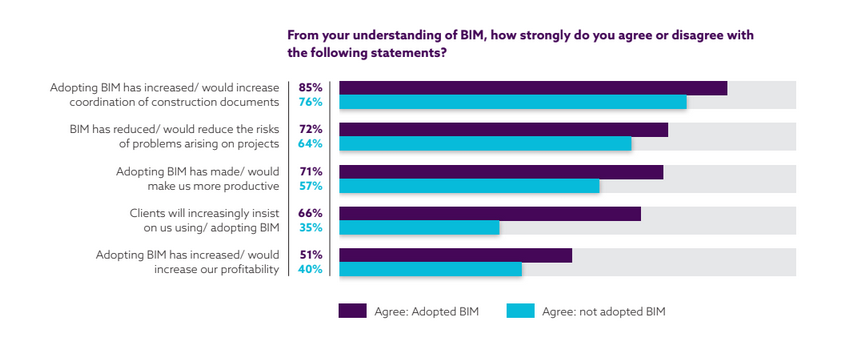
Source: NBS 10th annual BIM report 2020
2. More efficient workflows
A key principle of the BIM process is the use of standardized software among team members to consolidate all relevant information. When creating a BIM model, each of the layers of information on various building systems is combined into a single model. Doing so creates a better workflow for all disciplines involved and, in turn, reduces rework, construction cost, and the project duration. While there are different methods to collect data for input into the database, our BIM specialists use scan to BIM services to create existing condition models also known as asbuilts.

Source: NBS 10th annual BIM report 2020
3. Greater visualization
Another powerful feature of the BIM process is the ability to plan and visualize an entire project before breaking ground. Project stakeholders can experience what the space will look like and how it will function, giving them the ability to make changes well before construction begins.
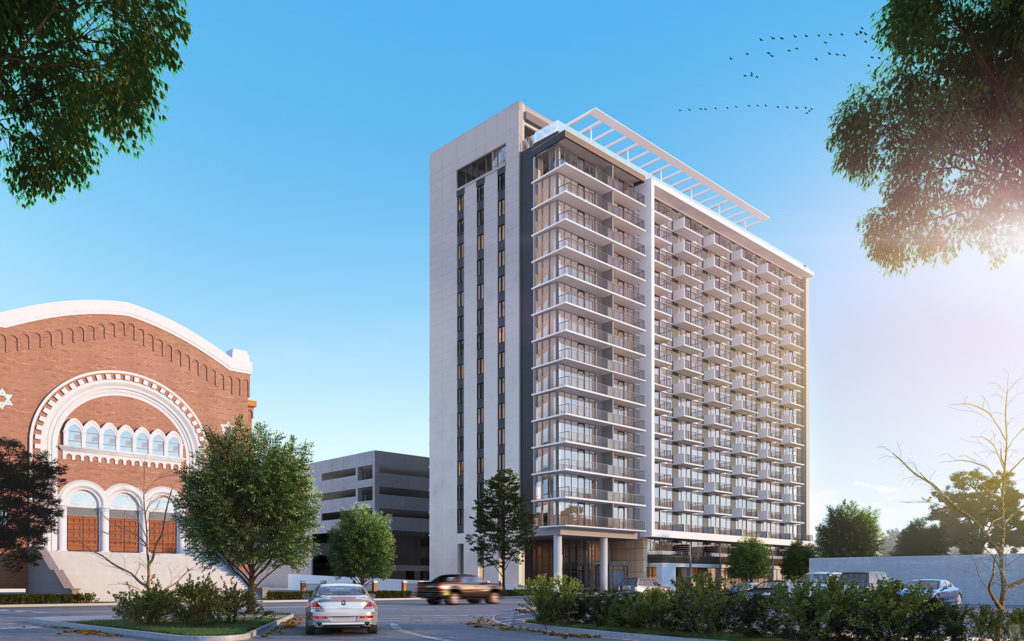
Ready to work with a team that uses BIM methodology to lower project risks, improve timelines, and create cost-savings? At Cortland Design, our detailed BIM process ensures every inch of the space aligns with your vision and exceeds your expectations. Get in touch today!

